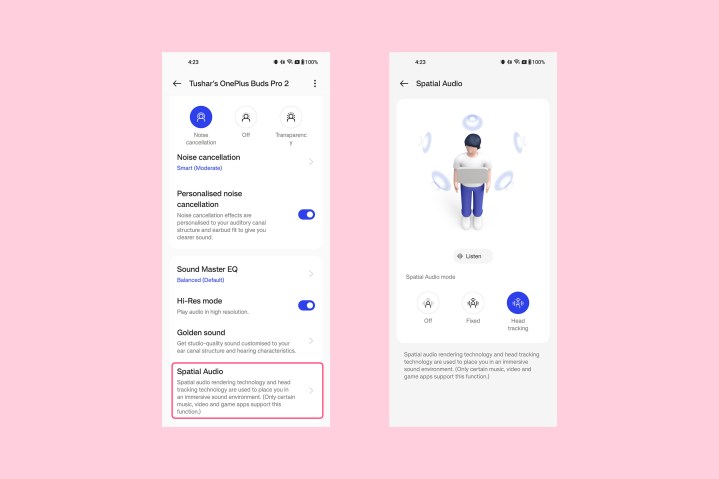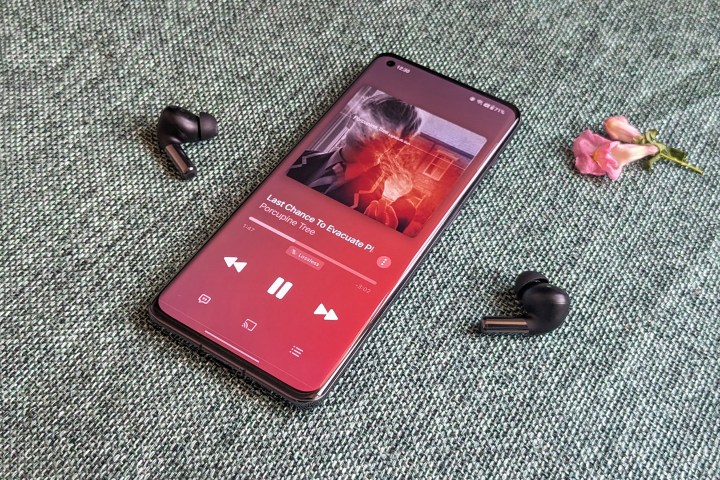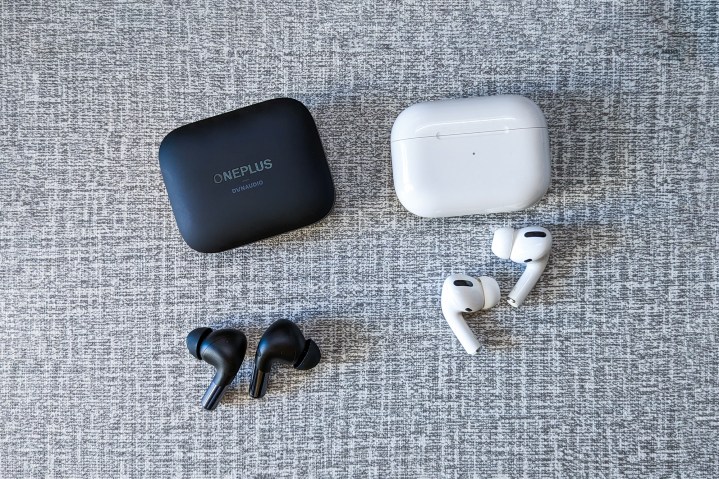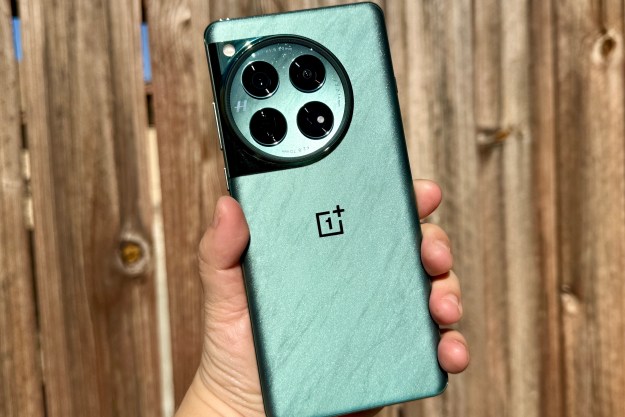The OnePlus Buds Pro 2 Bluetooth earbuds are among a half-dozen gadgets OnePlus launched at its Cloud 11 event. These earbuds intend to elevate your sound experience with a rich and highly customizable audio profile, Google’s Fast Pair support, high-fidelity (Hi-Fi) audio through the LDAC and LHDC Bluetooth audio codecs, Dolby Audio, and noise cancellation.
While these features have essentially been carried over — and slightly improved — over the first generation of the OnePlus Buds Pro launched last year, the Buds Pro 2 are equipped with

What is spatial audio?
For over a decade, phone and audio brands have marketed a virtual surround-sound experience, mimicking a more extensive 5.1, 7.1, or 7.2 channel surround-sound setup. In other words, it’s trying to make it sound like there are many more channels than just left-right coming into your head.
Spatial audio is a more advanced version of virtual surround sound and typically creates a virtual 3D space to simulate the exact immersive experience you would get with a physical surround sound setup. Beyond just enveloping you in a virtual space,
Spatial Audio on OnePlus Buds Pro 2 — what sets it apart
According to OnePlus, the Buds Pro 2 are the first pair of Bluetooth earphones to support Android 13’s

OnePlus also roped in (as in paid) Hollywood music producer Hans Zimmer to create a special EQ setting for
How the OnePlus Buds Pro 2’s spatial audio compares with the AirPods Pro

Turn on
You can choose between a standard

In reality, the head tracking on the OnePlus Buds 2 Pro is instant and highly accurate. The direction of the sound changes at once without any perceivable latency.
More enticing than the audio quality is, therefore, the
It also is important to point out the audio output may vastly vary with the quality of the source. OnePlus’s implementation also allows for standard-quality audio content (from apps like YouTube and TikTok) to be upscaled for
However, if you listen to high-quality music — say, Lossless quality on Apple Music or FLAC files on an offline music player app, the results with head tracking can be astonishing. Besides support from the app and the quality of the media file, this will also depend on how the actual composer intended it to sound and whether the track is optimized for multi-channel surround sound.

Another caveat is that these earbuds only account for head rotation around fixed axes and not for forward or backward movement. So if you’re walking with the feature turned on, you will still feel that the audio landscape is moving with you, which refutes the objective. In contrast, one might argue that walking is not ideal for testing the feature as you might prefer to sit down and enjoy it. In that case, I wish OnePlus either reminded you to switch off head tracking or did that automatically for you.
OnePlus Buds Pro 2 vs. Apple AirPods Pro: Spatial audio and head tracking

To put them to another test of virtue, we pit the OnePlus Buds Pro 2 against the Apple AirPods Pro. While the OnePlus Buds Pro 2 rely on
The transition from regular stereo to spatialized audio using the AirPods Pro is much more subtle compared to these OnePlus earbuds. Here you do not feel that stereo audio quality is being suppressed intentionally. However, when head tracking is turned on, the response to physical movements is noticeably slower than OnePlus Buds Pro 2.
Unlike on the OnePlus earbuds, you can actually sense an unignorable delay with head tracking on the AirPods Pro. Thankfully, the adjustment in audio in response to head movements isn’t sudden and, thus, does not sound janky. Like everything Apple, this might be an experiential thing where transitions are intentionally slowed down for smoothness. Or it could owe to the fact that Apple’s Bluetooth audio transmissions are mostly limited to AAC codec (with the exception of ALAC in certain cases), which is qualitatively poorer than LHDC, which the OnePlus Buds Pro 2 support.
Furthermore, the head tracking on Samsung Galaxy Buds 2 Pro is substantially worse — it’s both delayed and janky, making you want to keep it turned off almost always.
Why it matters

Besides the nearly instant adjustment to any head motion, another impressive aspect of the OnePlus Buds Pro 2’s
Unfortunately,
Overall, the OnePlus Buds Pro 2 can be a suitable gateway device if you want to experience rich and immersive audio without the hassles of spending too much money or assembling an elaborate setup. I would still suggest waiting until the Zimmer EQ mode is added to these earbuds to make a final call about its capabilities while watching movies or TV shows.
Editors' Recommendations
- The OnePlus 12R is still one of 2024’s best smartphone deals
- OnePlus just fixed a big issue with the OnePlus Watch 2
- OnePlus told us the secrets behind its one-of-a-kind smartwatch
- The OnePlus 12 has one big advantage over Samsung and Apple
- Don’t buy a Galaxy S24 Ultra or iPhone 15 Pro Max. Do this instead



